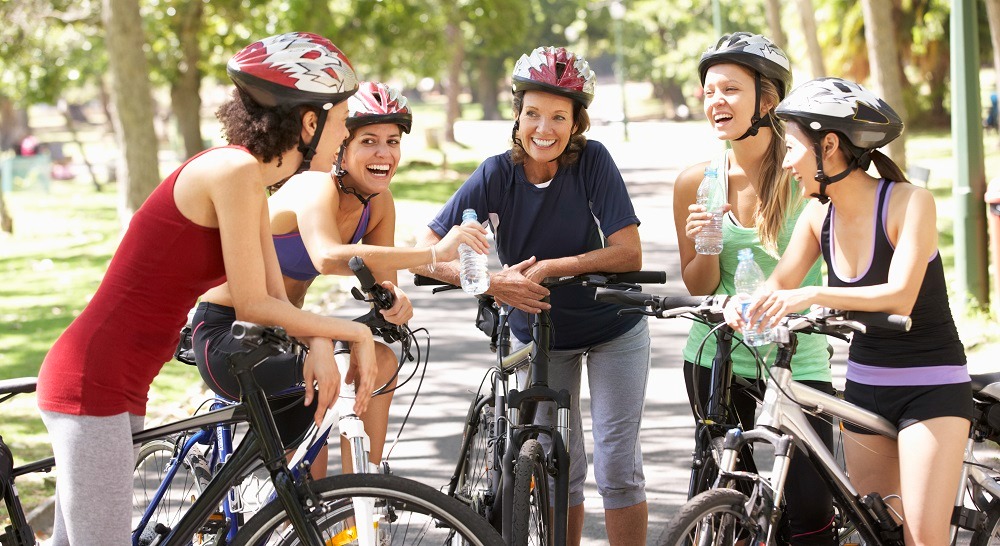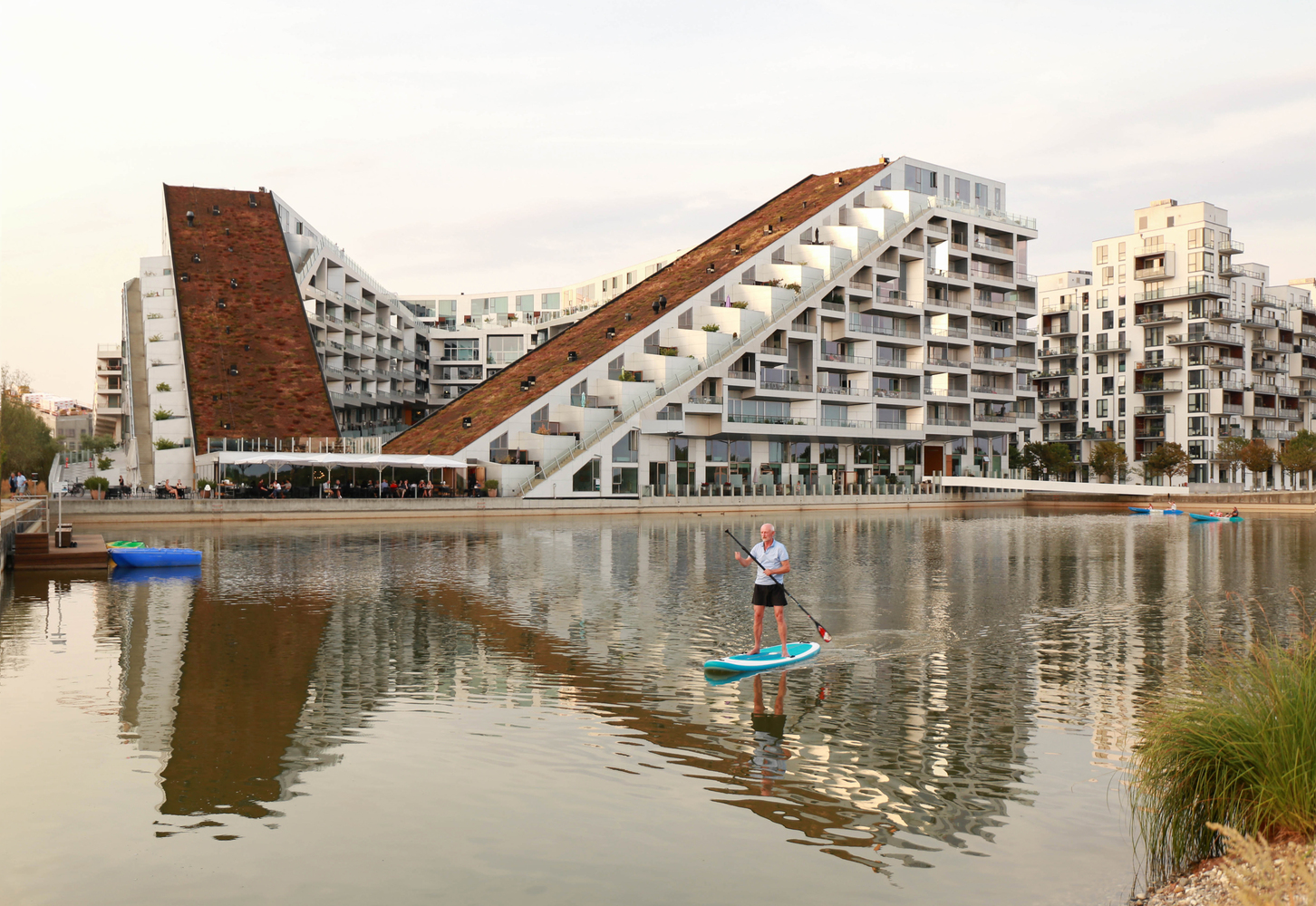“The National Cycle Network has saved the UK economy more than £7billion (equivalent to almost £1m a day) since it was established 20 years ago, by improving people’s health and reducing congestion, pollution and greenhouse gas emissions, according to our new research.” Sustrans.org
It’s no mistake that ‘Recycle’ looks slightly spaced out on the title. That’s a deliberate attempt to make you read them as two words, ‘Re’ and ‘Cycle.’ A dictionary would explain thus:
Re- Again, A new
Cycle- A wheeled vehicle with two wheels moved by foot pedals; okay, that’s a bicycle.
Recycle- Use again after processing or put to better use. We’re getting into the rest of the article, hoping to motivate you to recycle that old bicycle rusting away in your backyard or perhaps get a new one and set it on the roads instead of your car.
We all remember the good old summer days when our father bought us a bicycle, and we would ride to school on it. It was one of the most exciting things we had looked forward to because I would join many of my peers in the three-mile race to school. While this was the most prevalent activity on the roads during school opening and closing hours, the few who could afford cars would get dropped off. Of course, in addition to these, auto rickshaws, vans, and school buses joined the regime, but the cyclists were undefeated.
Cycle Ghosts
Today, we rarely see a bicycle; even when we do, the rider squirms through jam-packed roads or broken pavements. Parents no longer allow their children on cycles for fear of traffic and erratic driving by motorists. Such is the story of many cities in my country, India, as in several other parts of the developing world. While cities have expanded four-fold since 2000 to make space for an increasing workforce and residences, the pre-requisite of the day is independence and comfortable mobility.
With the easy availability of loans, it’s easier to possess a car than to dream of one. Slowly and effectively, cars have eradicated bicycles from our roads while average trip distances have increased to ten miles from three. Contrary to what we might have believed, possessing a car in the city is more a bane than a boon because soon, roads will become colossal parking lots of stagnant four-wheeler traffic.
The Slow Realization:
While we are busy building cities for cars (under the misnomer of infrastructure development) and much less for people, several places in Europe and America that have undergone the turmoil and peril of gigantic agglomeration are shifting gears to the bi-cycle. The Dutch have quite an epic share of the cycle revolution, which occurred early in the ’70s. Today, the Netherlands is a standing example for every other country across the globe for politicians and people alike. The link below illustrates this historical event of the traffic engineering revolution.
With soaring fossil fuel prices and clogged roads, the good old days of bi-cycles are making a slow comeback. Ironically, some of the owners of the most significant cars are the most proactive in campaigns and cyclathons because the adage ‘You don’t know what you’ve got until it’s gone’ or ‘The best things in life are simple’ seems to hold after all.
They surely miss their bicycles while cars haven’t got them too fast. While several events, some as protests and some as fitness campaigns, see larger herds of bikes, it is vital to realize why bikes hold the key to a sustainable urban future and why reCycling would make our city happy. Of the many direct and indirect implications that will comprise a long list, here’s our chosen 7:
1. A Great Workout
Dr Penny Woods, Chief Executive of the British Lung Foundation, said: “Air pollution kills 29,000 people a year in the UK, and can lead to diseases like lung cancer, whilst worsening other lung conditions like chronic obstructive pulmonary disease (COPD) and asthma. Yet, even though cars are responsible for 70% of air pollution in urban areas, this is still how over two thirds of people choose to make journeys of between one and five miles.
“We therefore urgently need to look at ways in which we can support more people to make these shorter journeys by bike or on foot if they are able, and Sustrans are to be applauded for shining a light on the benefits this could have for our economy, our healthcare services, and the overall health of the nation.”
Several health and fitness bloggers have written volumes on this, so let’s not go into details. We’re no fitness experts, but we know it works almost all muscle groups, especially the lower ones, and keeps that metabolism top-notch. You couldn’t ask your car for this now, right? On a more personal note, it makes up for tedious hours and money spent at the gym while taking you to your workplace and working those muscles simultaneously! Here’s a better read
2. Clean Air for Thought
Air and light pollution in cities has engulfed our cities in the last decade, which is most evident after dusk because it renders night skies hazy and cloudy. Do you recall when the air was so polluted that rain clouds made the sky overcast? The increasing car population has encouraged chopping down trees for road widening, putting a massive load on our lungs to inhale clean air. For every car replaced by a cycle, it would mean lesser pollution and better breathing.
3. More is More- More cycles, More space
If all the cars were to be replaced by cycles this very instant, with the exact width of roads, we would have space for twice the number of cycles, with enough space between them, and still have lesser braking. That’s because a bicycle travels at an average speed of 10 mph and occupies a third of a car’s space, while the vehicle travels at 20mph and settles thrice as much as the cycle. A car-dominated city will have more frequent traffic stops and longer durations.
4. Low Risk and Low Count of Accidents
A bicycle is a handy machine. I would otherwise attribute nimbleness to an expensive car that’s easy to maneuver. Bi-cyles are the least number for being accident offenders; even if they do, they are rarely severe or fatal. It is a safer bet to set out on a bicycle than embrace yourself in the shell of a car.

Several Tour de France competitors lay on the ground following a minor collision in Stage 1.©Getty Images Sport
5. Develop Your Interpersonal and Social Skills
Cycling shares this similar trait with walking. The cyclist seems more human than a motorist. It may be because cars physically cage us, making us reclusive drivers. As a cyclist, your encounter with fellow riders is more intimate, making conversation more straightforward. Thought of a date, anybody?
6. City Revenues are Spent Wisely
Road infrastructure and maintenance claim billions of dollars, all to accommodate more traffic and pollution. If bicycles were used efficiently for commuting, city revenues could be spent on greening and the development of suburbs for better living conditions, educational facilities, electricity, and agriculture. A fair share could also be invested in parks that become active public spaces for social engagement.
7. Space is Money
An average car occupies about 13 square meters of space, while the biggest bicycle occupies about 2 square meters when parked. That would mean about six cycle spaces to a car space in a parking lot. With commercial rents shooting north, every square foot of usable space is a treasure. Besides, the agility exhibited by cycles makes it easy to go through narrow alleyways and climb ramps easily.
You could cycle up to your apartment if buildings were designed for bicycle accessibility. That could save us several minutes to climb down a lift, walk to your parking lot and drive out. Thanks to BIG, they are already at it. Did you know the Danish Pavilion and the 8 houses are bi-cycle accessible? Here’s a live demo by the architect himself.
We hope these are a good 7 to make cycling the new driving. The truth here is it is not a single-handed effort by cyclists alone. Still, governments need to implement dedicated cycling lanes and dedicate experts for strategic research for bettering cycling infrastructure in cities.
We look forward to the day when the sign of a prosperous city will not be measured by its number of car buyers but by its bicycle usage. It shows a thriving city and indicates its collective intelligence and health.



















